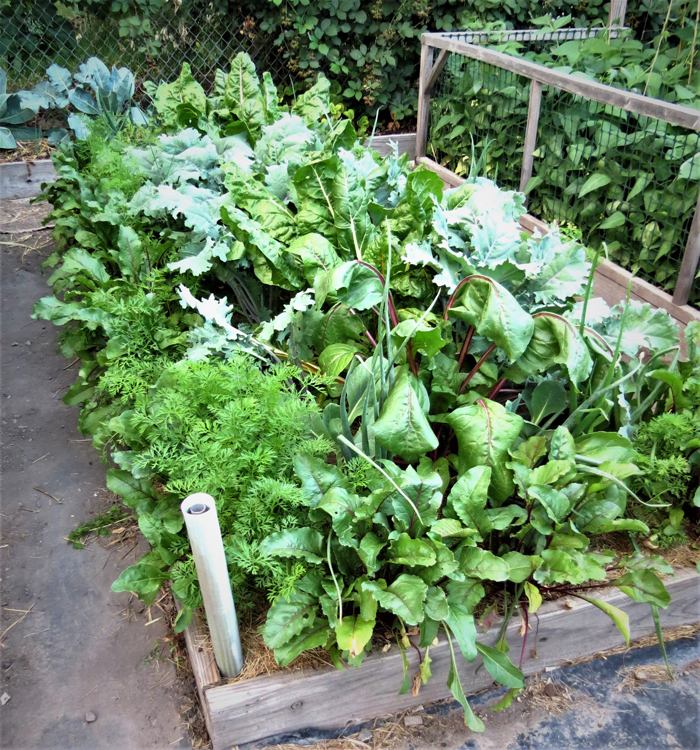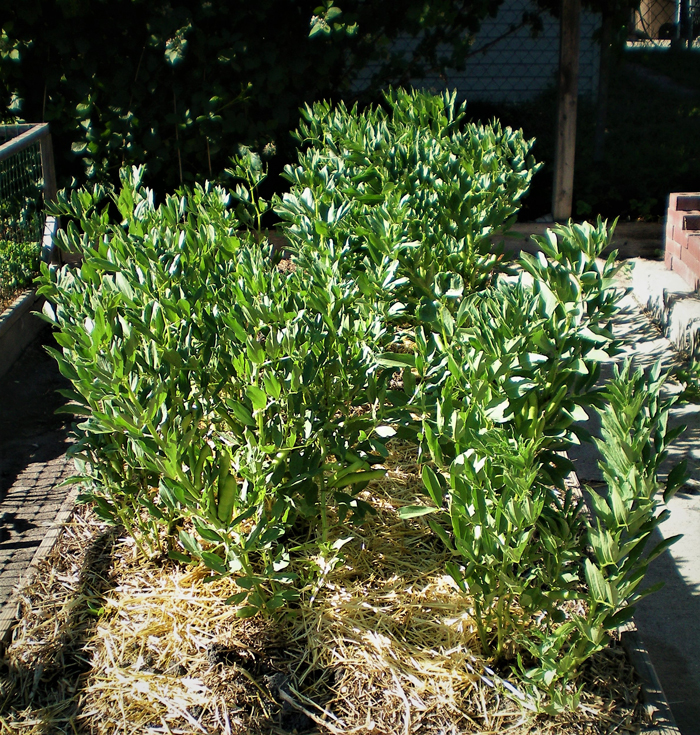 Dan’s Tips and Tricks for Growing Carrots and Beets
Dan’s Tips and Tricks for Growing Carrots and Beets
I find the biggest complaint to growing either beets or carrots is the need to thin them. Carrot seeds are so small, and their germination so unpredictable, that you either get hardly anything coming up, or all the seeds come up, making it almost impossible to thin them.
The common rule of thumb is that the smaller the seed, the less likely they are to keep over time. Storing seeds in a cool, dry place helps. I store mine in a downstairs food room at about 60 degrees, but putting them in a freezer works better if you have the space.
If you have confidence in your seed’s germination rate, you can carefully plant them one-half-inch apart, carefully covered with one-quarter-inch of soil as recommended on the seed package.
But, if you do not have confidence in them, I have a trick that may help. I have planted my carrots with radishes in the same row for many years. I sprinkle carrot seed down the drill, but carefully space the larger radish seeds about two inches apart with the carrots.
After both are up and growing strong, I lightly mulch them with a little peat moss to help protect their crowns. The radishes mature much sooner than the carrots, and we harvest them as needed, functionally thinning the carrots between them.
Beets are much simpler. Their seeds are much larger, allowing easier spacing, and they store longer. I like to carefully plant them about an inch apart, but still combine them with another vegetable: green onions. Like carrots, onion seeds do not keep or germinate well, so sowing them with beets works great. The beets mature sooner than the onions.
Thinned beets are a great addition to salads, or later for beet greens—my favorite cooked vegetable!
I like to plant the carrot/radish, and beet/green onion combos in parallel rows about six inches apart (usually along the sides of a bed containing taller stuff in the middle) to conserve space, and the resulting border is attractive.
Peas as Fertilizer—“The Win Win”
 Most fertilizers are made of various portions of nitrogen, phosphorus, and potassium, which are abbreviated as NPK. Earth’s atmosphere is made up of more nitrogen than any other gas, but most plants cannot use that gas.
Most fertilizers are made of various portions of nitrogen, phosphorus, and potassium, which are abbreviated as NPK. Earth’s atmosphere is made up of more nitrogen than any other gas, but most plants cannot use that gas.
It is well known that legumes (the pea family) can help fertilize the soil because they have nodules on their roots that “fix” (i.e.: convert) that atmospheric nitrogen to nitrate that plants can use. So planting legumes can essentially fertilize your soil, at least with nitrogen.
Perhaps the easiest way to improve your soil’s nitrate fertility is to plant a cover crop of vetch, a type of small, wild pea, in the fall or early spring. Vetch, like any other pea, will germinate well in cooler soil and grows quickly. Because people do not eat this toxic pea, the plants can be literally ripped out early at any time just prior to working the soil for planting. The tops can either be thrown on the compost pile or used later to mulch taller plants.
A favorite of some gardeners are fava beans, which are not beans at all. Unlike most peas, they do not have tendrils that reach out and grab other things for support. They do, however, grow pretty tall and produce really large pods full of yummy bean-like peas. After harvest, they too can go on the compost pile.
Our favorites are shelling, snap, and snow peas. We love to grow all three types because they provide a variety of timing, growth habits, and uses. They range from early to late, short to tall, and from edible podded to those you shell. Seriously, who doesn’t like to pop an entire snap pea pod in their mouth while tending the garden?
We like to follow up any of these legumes with crops like brassicas or corn that benefit from extra soil nitrogen. I just make sure to plant the earliest peas or vetch to the north end of a bed so that I can plant different successions of the heavier feeders like corn, working from the north end toward the south.
For example, I might plant an early shelling pea like the widely available “little marvel,” and follow it up with the best late season white sweet corn, silver queen.
“Pass the peas, please!”





